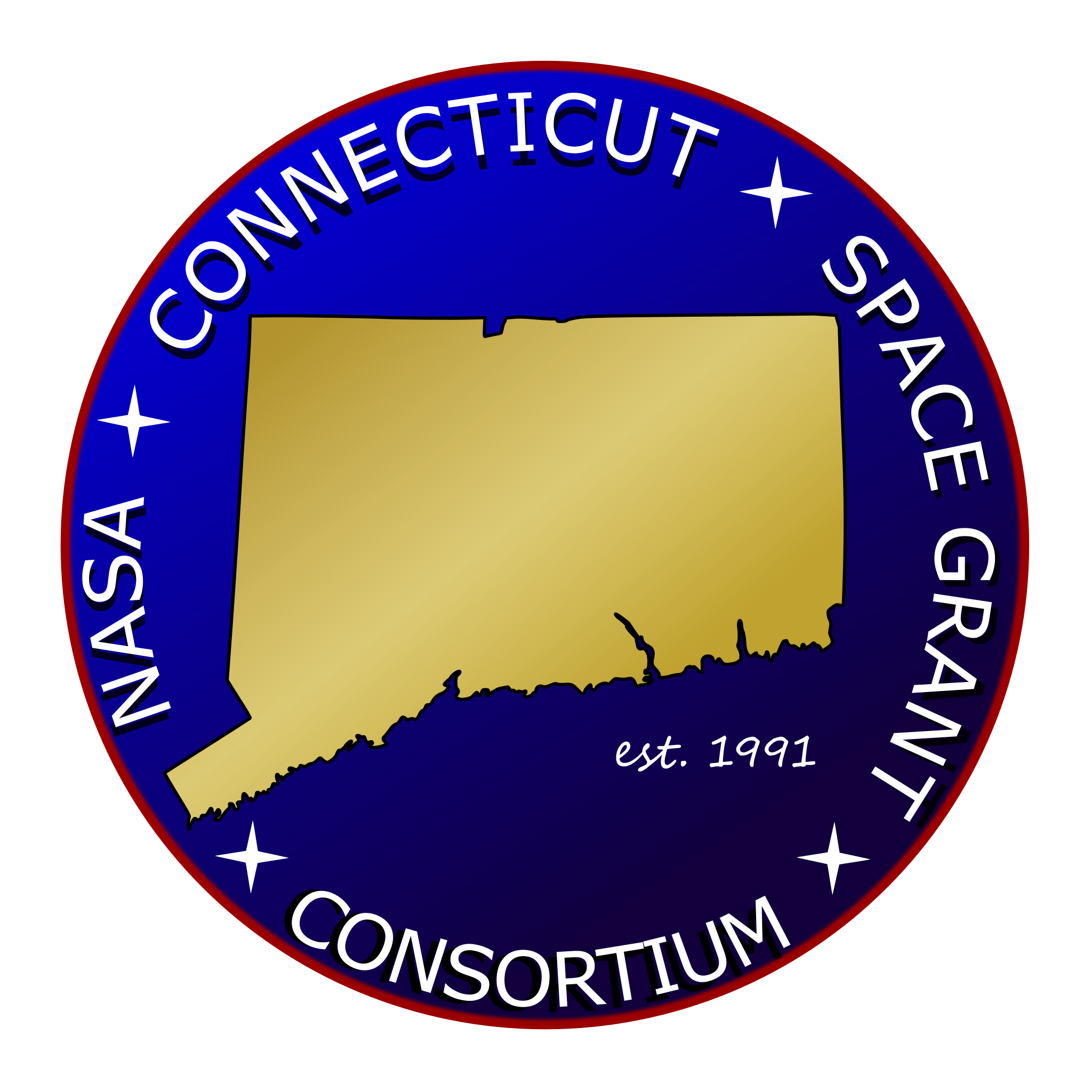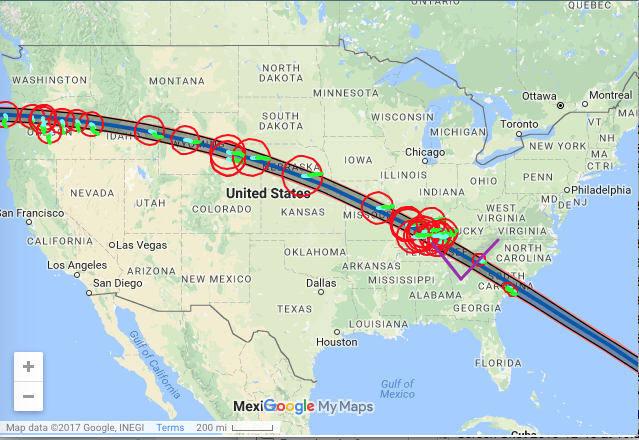On August 21, 2017 a rare astronomical event—a total solar eclipse—will be visible throughout portions of the United States as members of the NASA CTSGC participate in an unprecedented national public outreach project. Along with 54 other student groups at 25 locations from Oregon to South Carolina, a Connecticut team will launch a high altitude balloon and provide live eclipse video and images to NASA’s website from near space (an altitude of approximately 100,000 feet).
The Connecticut team is composed of students and faculty from University of Bridgeport, University of Hartford, the Physical Sciences, Engineering, and Aerospace/Hydrospace Science High School of the Fairchild Wheeler Campus, and high altitude ballooning mentors from the Discovery Museum and Planetarium in Bridgeport.
The 54 teams will have a national practice on June 20, 2017, approximately two months before the actual eclipse. Since the total eclipse will not be visible from Connecticut, the team will travel and be hosted by the University of Kentucky. The team will launch near the eclipse path in Cadiz, Kentucky.
“We’ve been preparing for this for two years, developing our ballooning capabilities and expertise in high altitude instrumentation, cameras, mission operations, communications and recovery. There are a lot challenges and logistics to be orchestrated and practiced,” said project coordinator Dr. Jani Macari Pallis from the University of Bridgeport.
One of those challenges will be to assure that the video and still camera systems point at the eclipse. The balloons often spin around and the cameras need to remain pointed at the eclipse to broadcast.
A total solar eclipse occurs when the moon moves between the Earth and the Sun and the darkest part of the moon’s shadow (the umbra) is projected onto the Earth. While video and images of a total eclipse from near space were taken once before in Australia in 2012, this has never been done live and utilizing a network of groups of students across a continent.
Dr. Hisham Alnajjar, Director of the NASA CTSGC, said, “We have planned for this exciting project and are pleased to be part of this national collaboration with NASA, Montana Space Grant, and other state Space Grant consortia organizations. The project supports the NASA CTSGC mission to collaborate between private, academic and government sectors, support educational initiatives to inspire students to pursue science, technology, engineering, and mathematics (STEM), and promote Connecticut workforce development.”
Please visit the NASA CTSGC website for Connecticut team updates. For more information on the solar eclipse project please visit the Eclipse Ballooning Project website.

